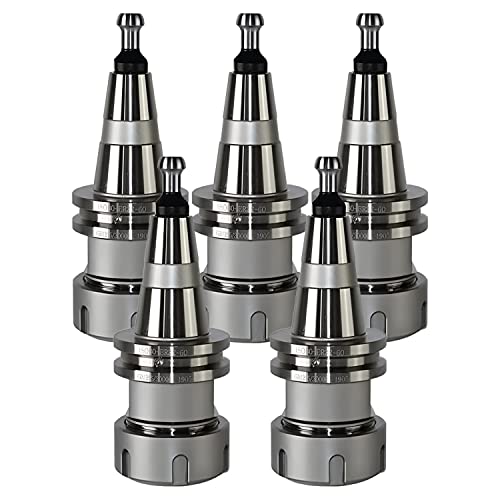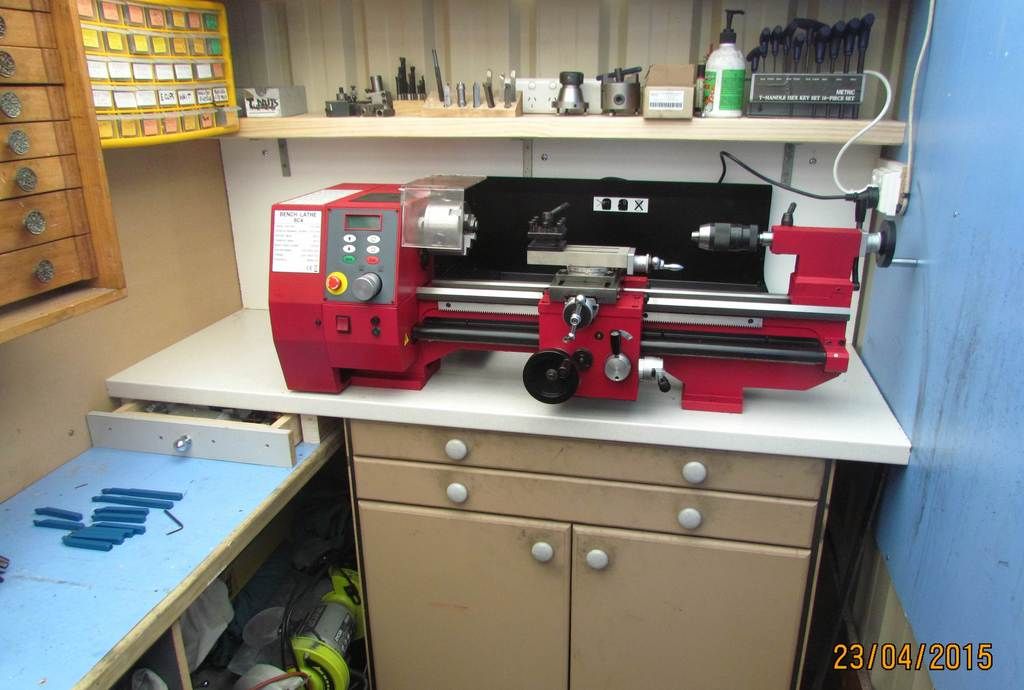Niels Abildgaard
Well-Known Member
- Joined
- Jun 13, 2010
- Messages
- 567
- Reaction score
- 107
Hello Barry
Was it worth a try to put a DC motor and some reductions on the far end of the leadscrew?
This is what Hardinge and Schaublin have done for years.
Was it worth a try to put a DC motor and some reductions on the far end of the leadscrew?
This is what Hardinge and Schaublin have done for years.


















































![DreamPlan Home Design and Landscaping Software Free for Windows [PC Download]](https://m.media-amazon.com/images/I/51kvZH2dVLL._SL500_.jpg)




![TurboCAD 2020 Designer [PC Download]](https://m.media-amazon.com/images/I/51UKfAHH1LL._SL500_.jpg)

























